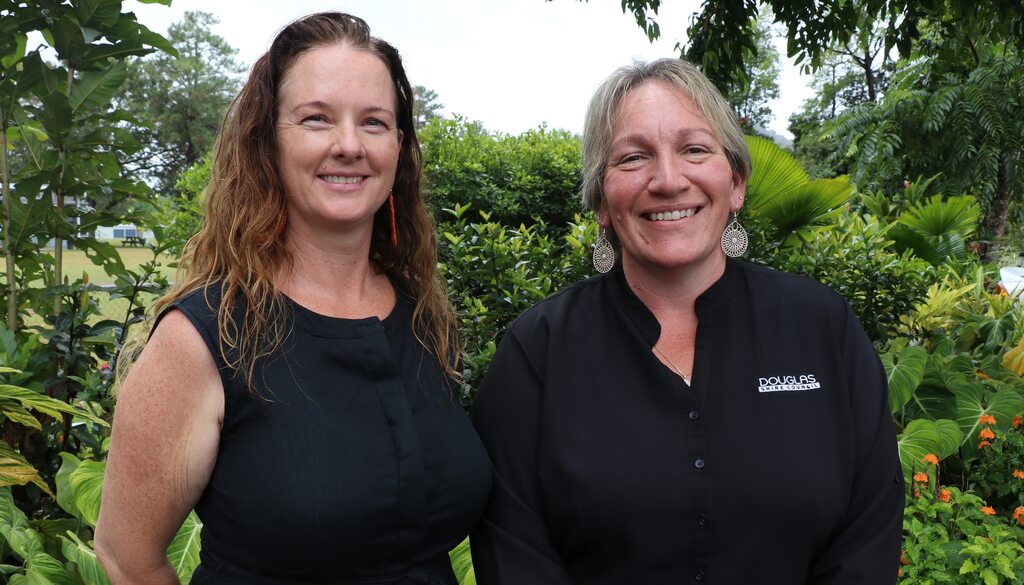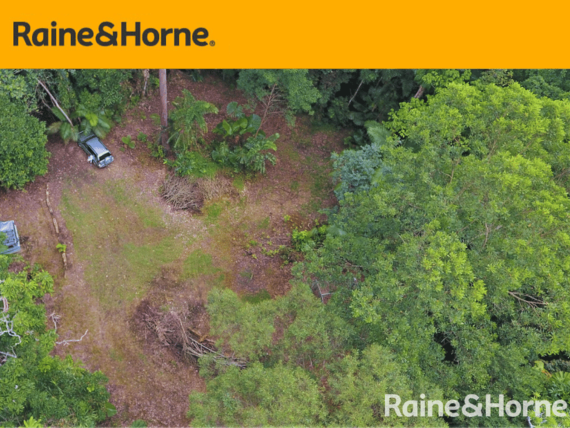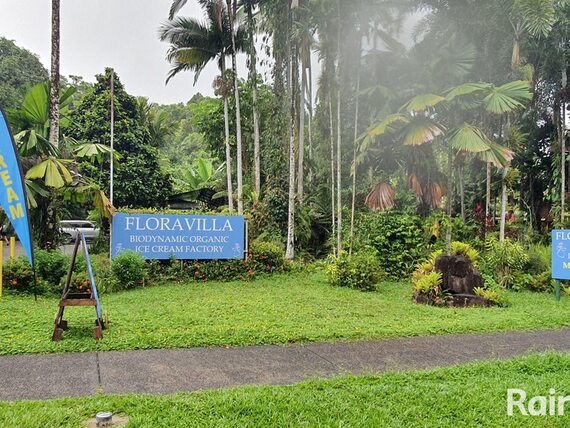How Douglas Shire is strengthening resilience after disasters
RECOVERY IN ACTION

BUSINESS FEATURE
Following the devastating weather events of December 2023, Douglas Shire Council recognised that full recovery would take five to seven years. While significant progress has already been made, recovery involves much more than rebuilding infrastructure. So, what does recovery really look like in action?
When people think of recovery, they often picture roads rebuilt and infrastructure restored. But just as vital, though less visible, is the recovery of individuals, businesses, and communities.
Recognising the long-term challenges of disaster recovery, Council created the Douglas Disaster Management Unit (DMU) to lead efforts across all stages; Prevention, Preparedness, Response and Recovery, ensuring a coordinated approach.
A holistic approach to recovery
The DMU’s recovery strategy goes beyond physical repairs. Recognising the need for both immediate long-term and preparedness for future recovery, the Council established the Douglas Recovery Resilience Group (DRRG).
While response teams focus on immediate safety and relief, the recovery team, led by Local Recovery Resilience Coordinator Annette Plowman, starts planning for the long-term recovery process
“Historically, recovery often came later, if at all,” Annette explained. “Research shows that recovery needs to begin at the same time as the response phase.”
Now, recovery efforts are aligned with incident management, addressing both immediate and future needs from day one.
The DRRG works on multiple fronts: supporting wellbeing, rebuilding infrastructure and roads, addressing water-related impacts, restoring the economy, and caring for the environment.
The recovery process is not just about fixing what was broken but about strengthening the community for future challenges.
The sub-groups bring together about 30 representatives from local organisations, NGOs, hospitals, environmental agencies, businesses, and state government, ensuring recovery and resilience planning is inclusive, locally led, and supported by open communication.
Tangible progress
In terms of visible recovery, much has already been achieved.
Up until June, Council has completed $37 million in emergency works on roads and infrastructure, cleared 60,000 square meters of debris from landslip sites, and removed 200 kilograms of waste from the Mossman River.
To improve communications, 3 new portable communication units are available to be deployed when required, to strengthen communications and support isolated communities during events,
In addition, other communication systems are now on permanent fixtures of critical infrastructure and have the ability to be used as a Hot Spot (Wi-Fi Calling) should mobile communications fail. Early this year, 12 “Year Two Recovery” meetings have been held to keep residents informed and engaged.
Flood studies in Wonga Beach, Mossman, and Degarra have led to mitigation projects like a proposed levy in Mossman and drainage upgrades at Wonga Beach which will be shared with the community in November.
Technology is also being leveraged to support recovery, with night-vision flood cameras and affordable drainage sensors set to roll out across the Shire within the next two years.
Other projects include the delivery of two sandbagging machines, upgrades to the Local Disaster Coordination Centre, and a more flexible and ready Mossman library, which can now serve as a refuge during events.
Building community resilience
Recovery efforts are not just about responding to the immediate aftermath. They also involve building a resilient, self-sufficient community for the future.
Social and creative initiatives, including arts programs, community activation, and mental health support from four local psychologists and community networks, help residents heal and strengthen social cohesion.
As part of long-term support, four psychologists are working within the Shire and other community-based networks ensure mental health services are available to those in need.
“The broader aim is to strengthen existing community resilience,” Annette explained. “The goal isn’t just to return to where we were, but to reduce vulnerability and prepare us for the future.”
For more information about recovery and resilience in the Douglas Shire, click here.
------------
Want to showcase your business or event with a business feature? Please contact [email protected]



















